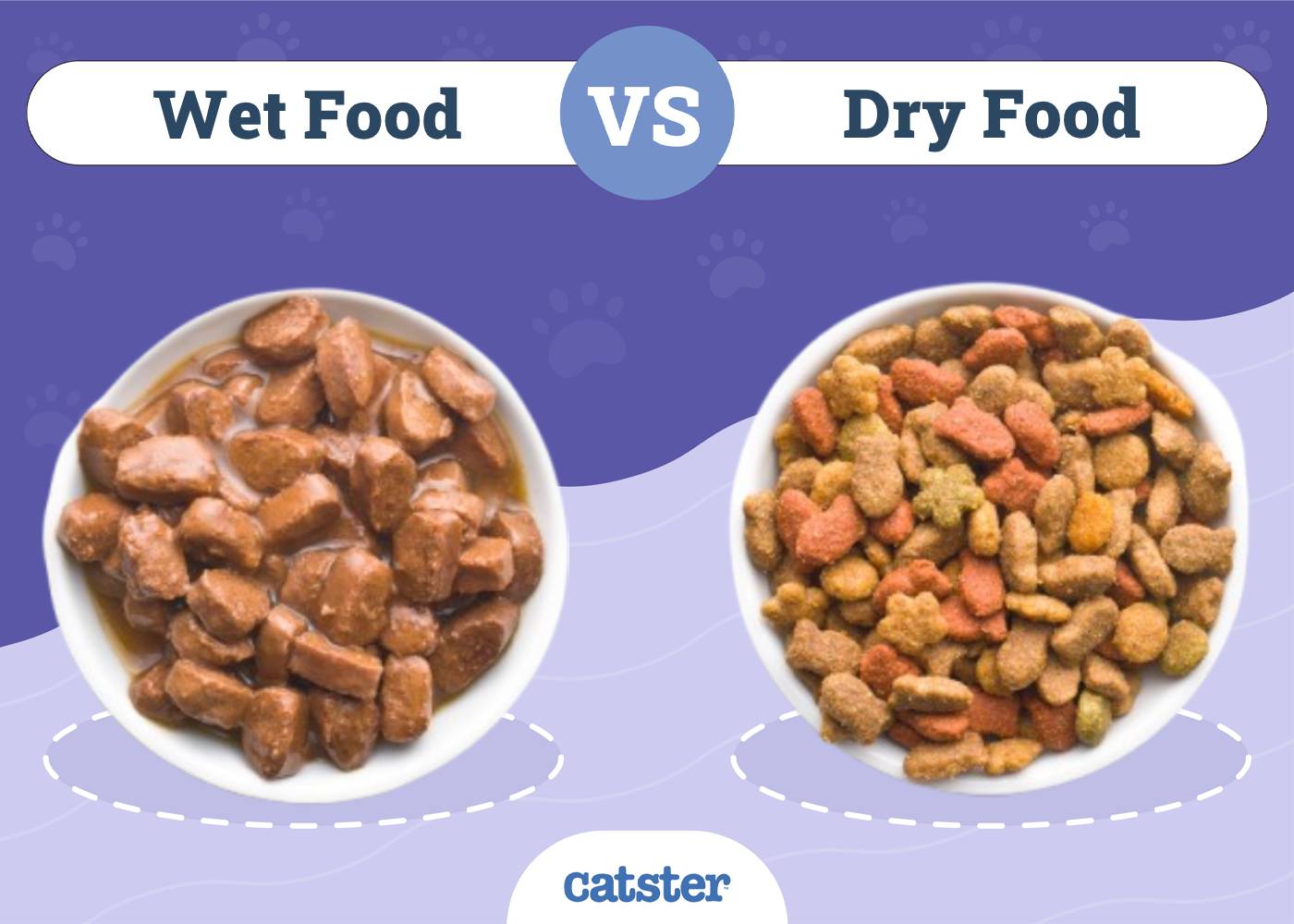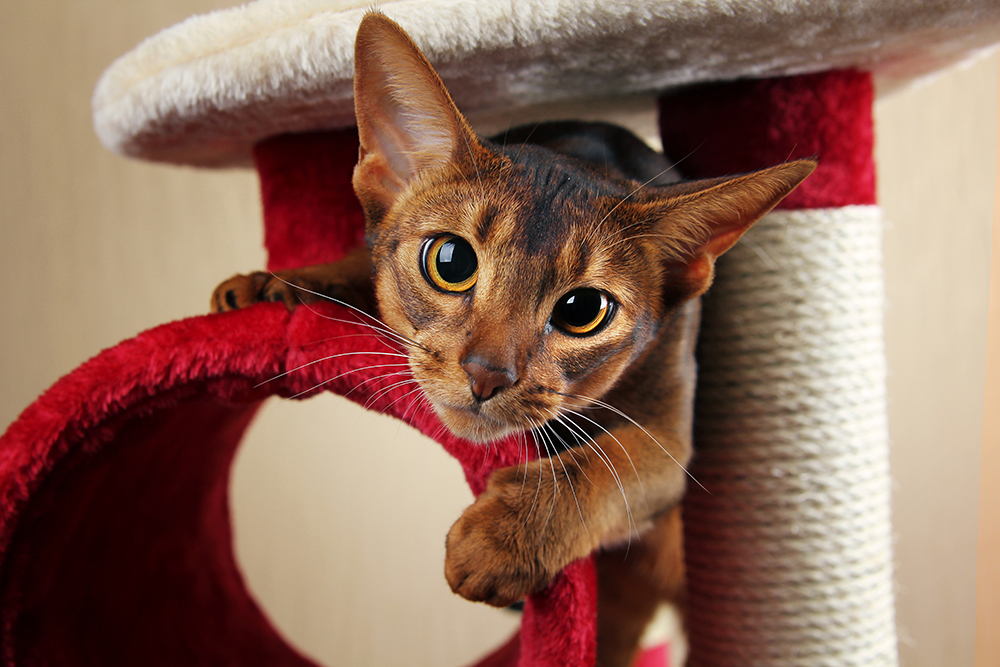It’s usually pretty adorable when a cat goes for a treat that you wouldn’t expect them to enjoy. Between fruits, vegetables, snacks, and yogurt, none of these things are a part of your cat’s natural diet, but that doesn’t seem to stop them from wanting to try some. If you’ve found yourself fending off a feline from a juicy nectarine and are considering caving into your cat’s demands, you’re in the right place.
You’re in luck if you’re hoping to give in and get that little kitty off your back. Nectarine flesh isn’t toxic for cats, and they can enjoy a little bit as a treat. However, there are some things to look out for—namely, the sugar and the pits. We’ll use this article to discuss stone fruits and some feline dietary considerations.

Dietary Needs of Cats
Cats eat meat. Cats have evolved to get all the nutrients that they need from animal meat. The protein, carbohydrates, fat, and water that cats require comes from meat.
Cat ancestors originated in desert regions, and they evolved to require less water. Unlike how they have adapted to extract their moisture and nutrients from meat, they have not evolved to digest plants like fruit and vegetables. Some cats
enjoy fruits and berries but can suffer from indigestion and high blood sugar if they eat too much. So how much nectarine can they consume?
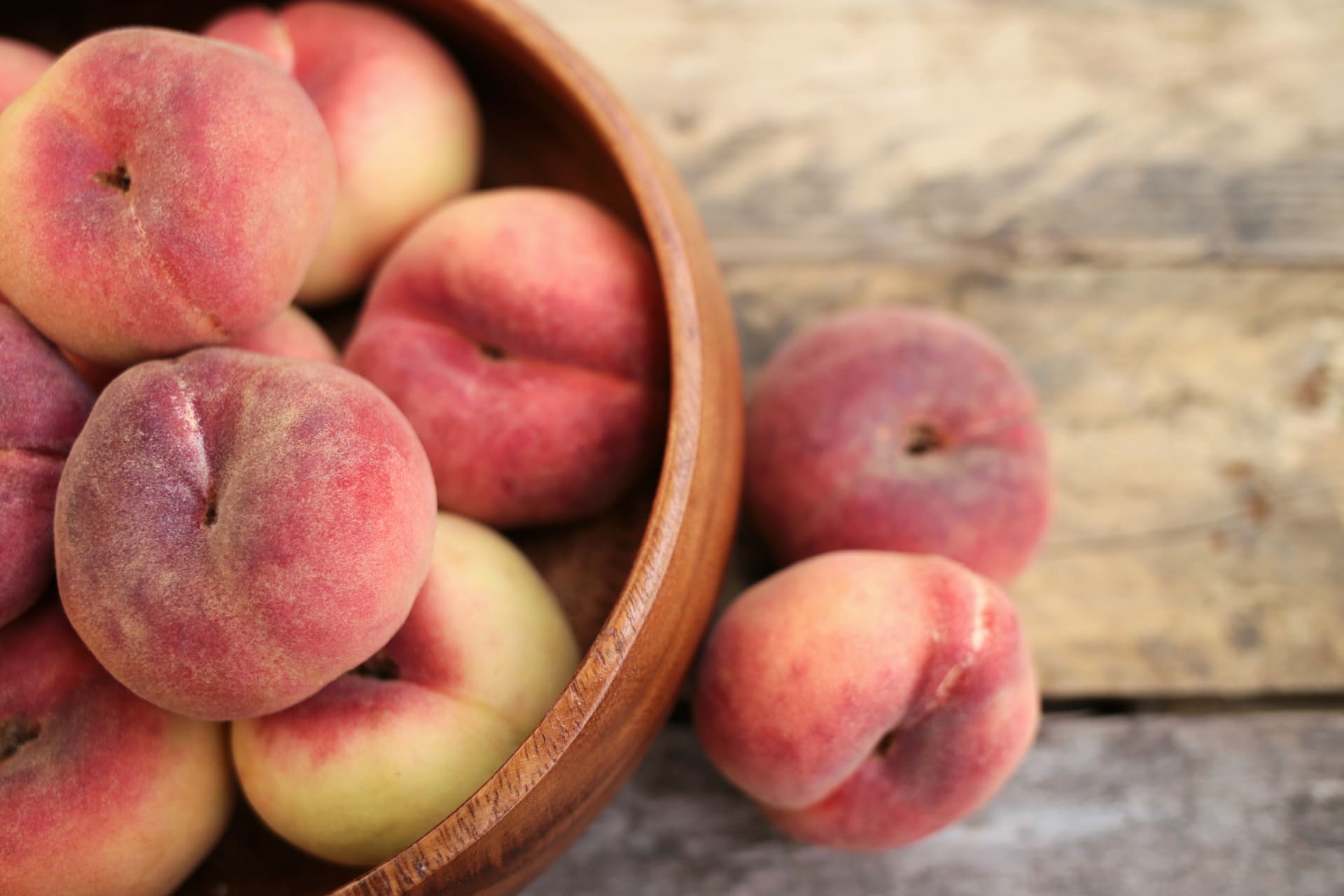
How Many Nectarines Can a Cat Have? (And What to Watch For)
We wouldn’t recommend more than a fingertip worth once every week or two. While the nectarine’s flesh isn’t going to hurt your cat and even contains lots of vitamins A and C, you need to avoid the pits, leaves and stems that can accompany this stone fruit.
About Stone Fruits
Stone fruits are a family of fruits that are classified by their pits. While some kinds of stone fruit, like nectarines, are ok for cats to eat, the pits of this fruit family contain amygdalin, which is a chemical compound that contains cyanide (one of the most deadly poisons for humans, dogs, and cats). This is also found in apple seeds and the pits of peaches, apricots, and plums.
It’s strange to think about how close we get to eating this poison when we consume these fruits. The good news is that most digestive systems can’t break down whole seeds or pits. However, if they are crushed or bitten, the cyanide can get out. If you were previously unaware of this fact, you’ll probably never look at stone fruit or apple seeds the same way again.
So, while the flesh of nectarines is technically safe for cats to eat, you might be wondering about other stone fruits. There is no one-size-fits-all answer for this family of fruit, unfortunately. Some are fine for a treat, and some are toxic.
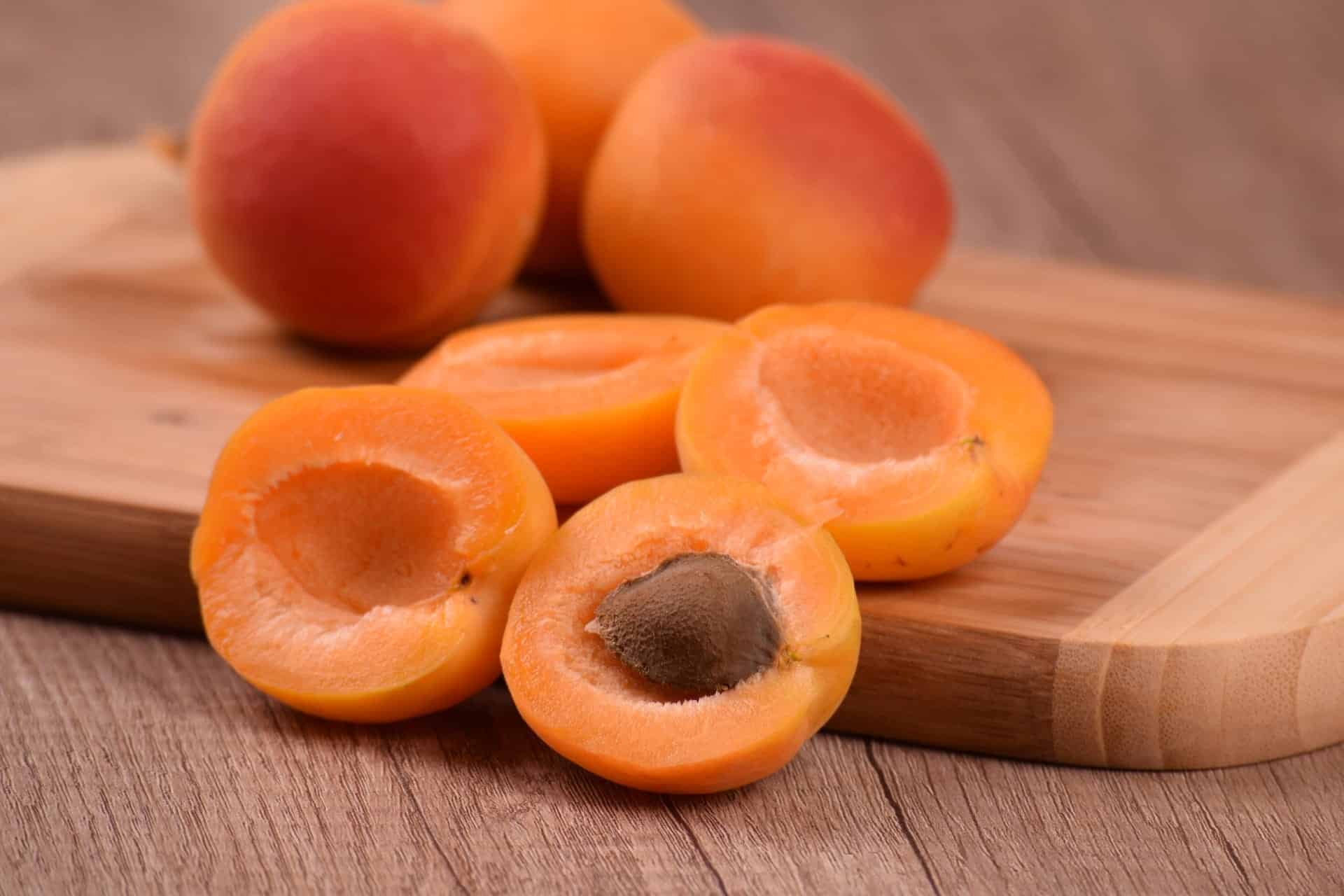
Can Cats Eat Peaches?
This is another stone fruit similar to a nectarine except with fuzzy skin and softer flesh. Cats can have a little bit of the flesh of this fruit, but again, avoid the pits, stems, seeds, and leaves at all costs.
If you’re curious about what’s safe for cats to eat or have general questions about your feline’s nutrition or diet, it is recommended you speak to your vet.
If you need to speak with a vet but can't get to one, head over to PangoVet. It's an online service where you can talk to a vet online and get the advice you need for your pet — all at an affordable price!
Is It Safe for My Cat to Eat a Cherry?
When it comes to cherries and pets—give them a hard pass. Cherries are not only toxic for cats, but they are also dangerous for dogs. Even if they weren’t toxic, they are so small that the pits, which contain about two times the amount of cyanide needed to kill a 150-pound person, can’t be avoided. No cherries for dogs or cats—sorry!
Can Cats Eat Apricots?
Apricots are another type of stone fruit similar to nectarines and peaches and may be fed in small amounts periodically. Again, the pits, stems, and seeds should be avoided and handled carefully. However, apricot fruit flesh has some health benefits to it as well. It contains potassium and beta-carotene that have cancer-fighting properties. A little apricot won’t hurt your cat if given in moderation.
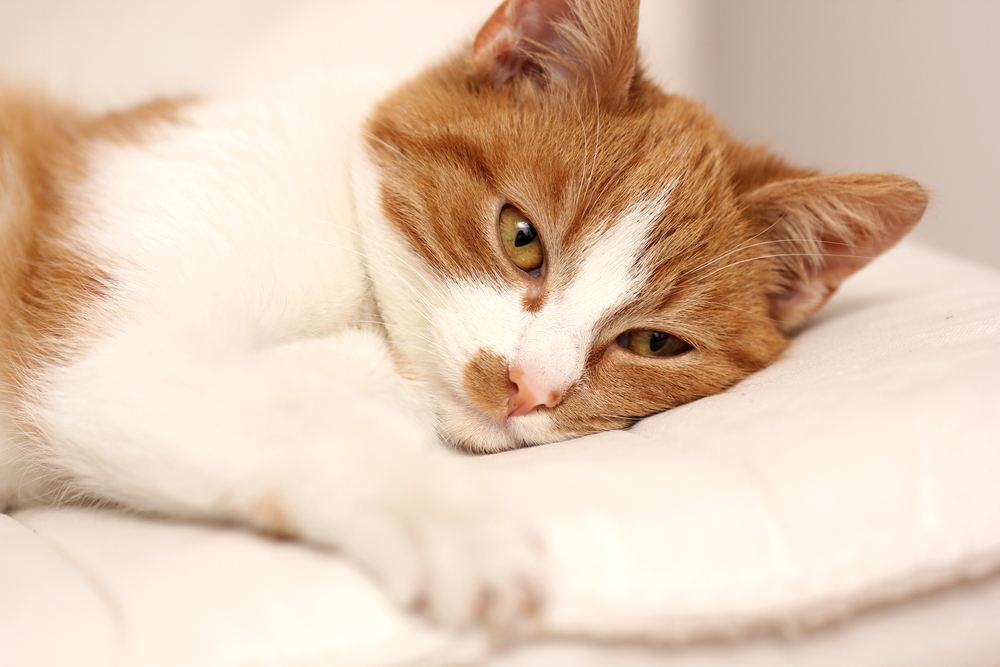
Are Plums Safe for Cats?
Like cherries, plums are not safe to feed cats. If they become attracted to the sweet smell and get into some, they can get plum poisoning. We know you wouldn’t want to go through that with your beloved animals, so if you really want to feed your cat a little bit of fruit, stick with nectarines, peaches, or apricots—but mind those pits!
 Conclusion
Conclusion
It can be fun to give a little fruit to a cat who’s asking for, or rather, demanding it. The important thing here is to know that they can’t handle very much, so a little taste won’t hurt, but be sure that their actual nutrition comes from a proper diet high in animal protein.
Related Reads:
Featured Image Credit: stevepb, Pixabay

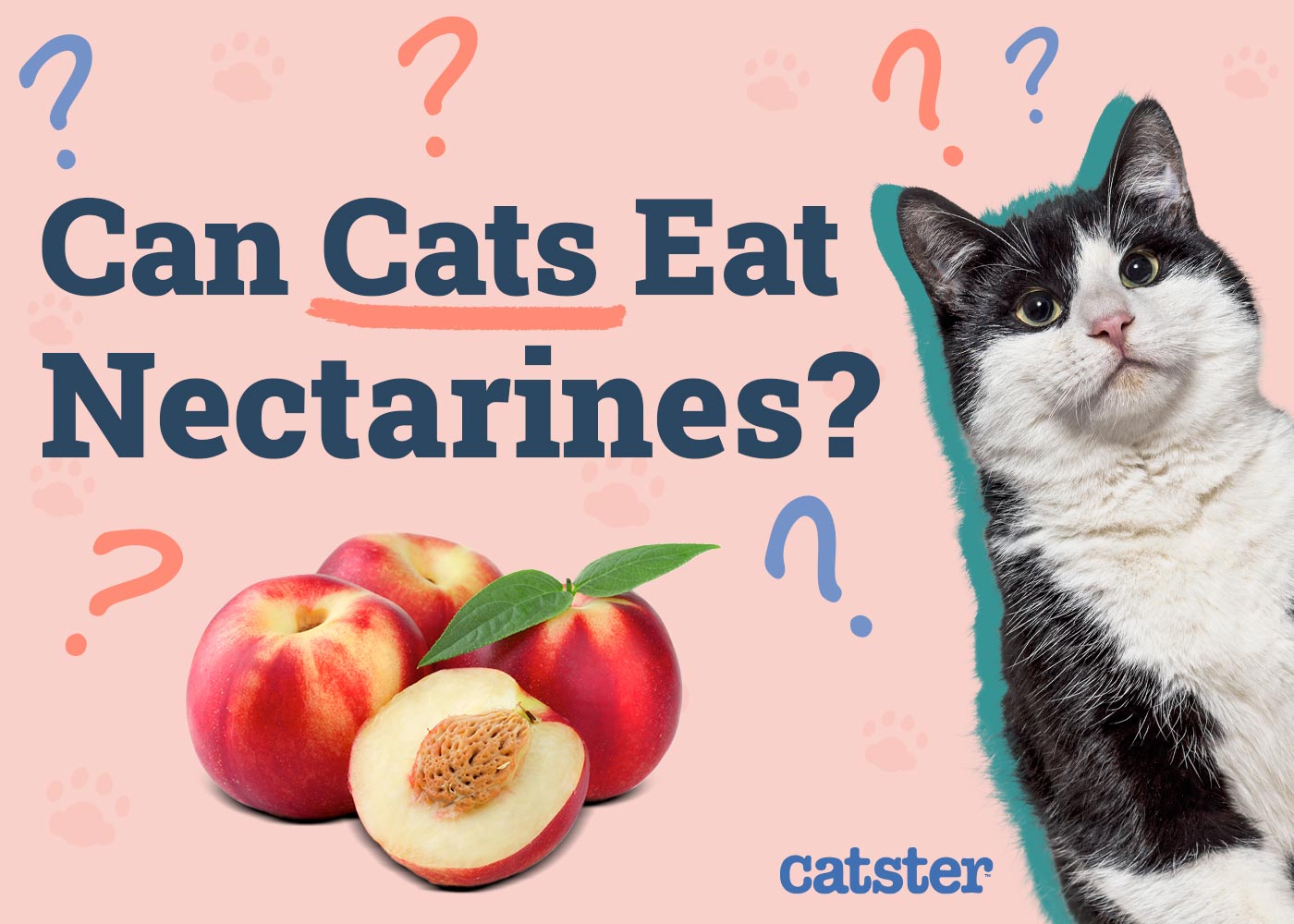

 Conclusion
Conclusion